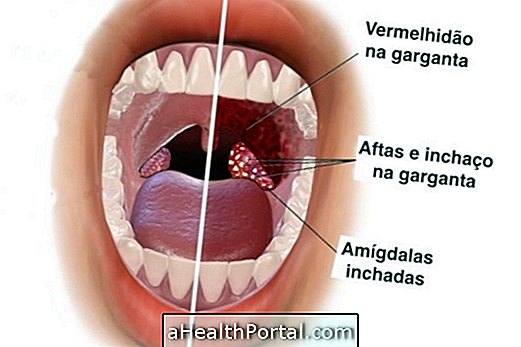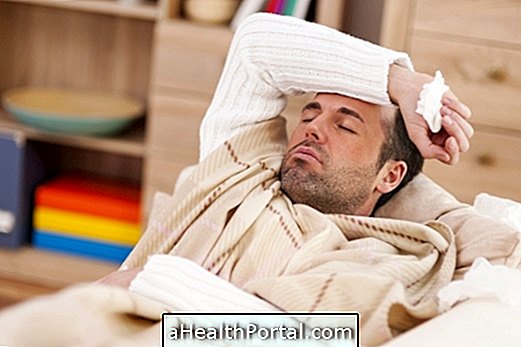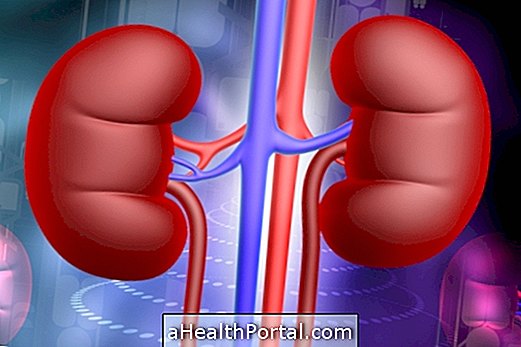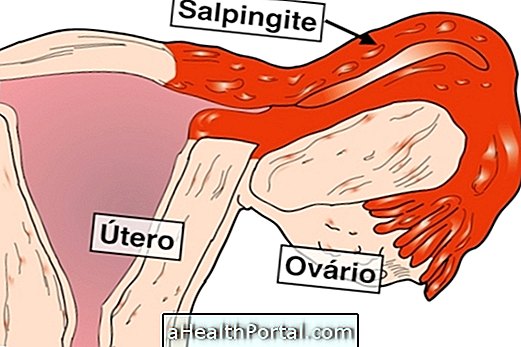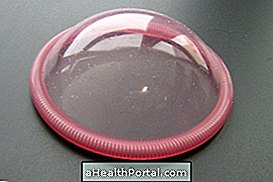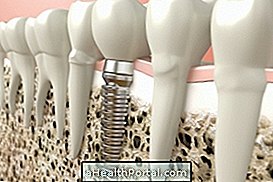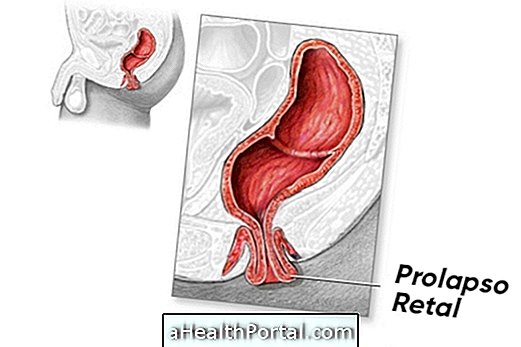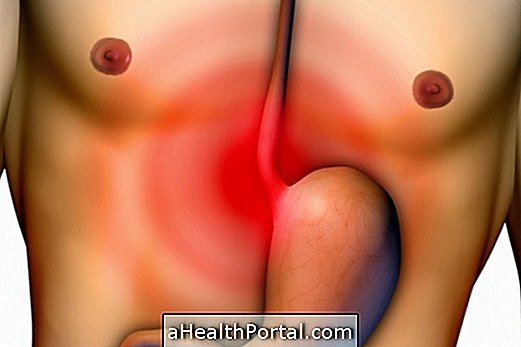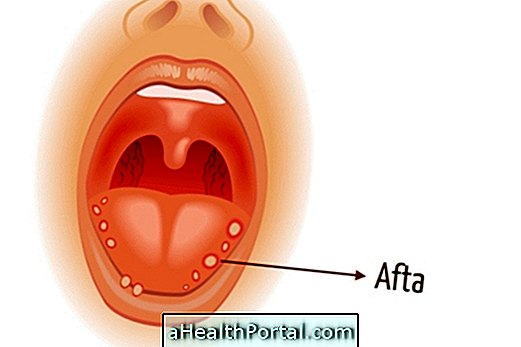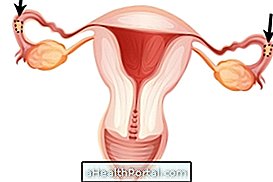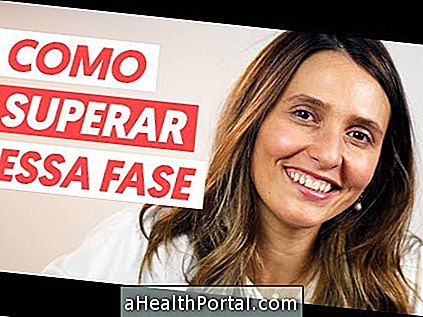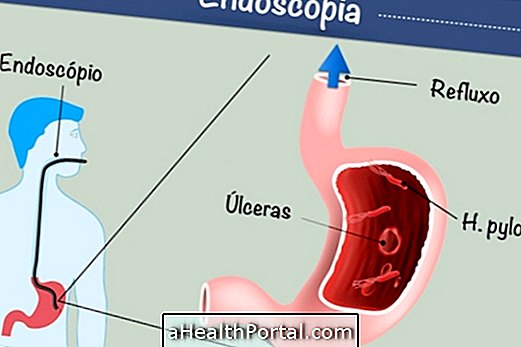Neck pain is a common problem that is usually related to muscle tension caused by situations such as excessive stress, sleeping in an awkward position or using the computer for a long time, for example.
However, neck pain may also have more serious causes, such as spinal diseases, herniated discs, or infections such as tonsillitis, osteomyelitis, or meningitis.
Thus, when neck pain lasts longer than 1 week or does not improve with the application of warm compresses and ingestion of analgesics, such as Paracetamol, it is recommended to consult an orthopedist to start the appropriate treatment.
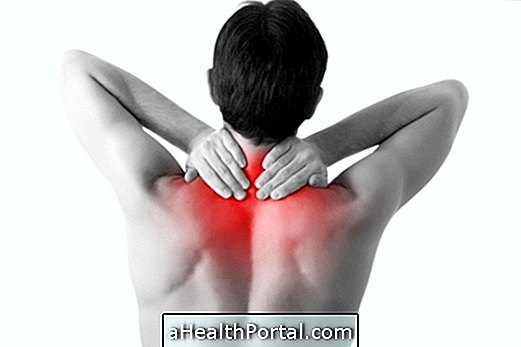
1. Muscle tension
Having an incorrect posture for long periods of time, such as when you are reading, or the computer, or even sleeping in the wrong position can cause muscle tension. In addition, muscle tension can also be caused by bruxism, which consists of grinding teeth during sleep, causing a feeling of weight from the neck to the ear.
What to do: It can be relieved by putting hot compresses on the area with painkilling and anti-inflammatory drugs, adopting more appropriate body postures, through exercises to strengthen neck muscles and rest. In cases of bruxism, it can be treated with the use of a specific dentition, recommended by the dentist. Learn more about bruxism and what causes it.
Torticollis
Usually the torticollus happens at night, and the person wakes up with difficulty to move the neck, but it can also happen by turning the neck to look to the side very quickly, which can cause a muscle spasm. In torticollis it is easy to identify the location of the pain and only one side is affected.
What to do: Placing a warm compress by letting it act for 15 to 20 minutes may help relieve pain, but there are other techniques that eliminate the torticollis in a few minutes. Watch the video:

3. Arthrosis
Osteoarthritis of the spine, also known as osteoarthritis of the spine or spondylarthrosis, consists of the wear and tear of the cartilage of the spinal joints, causing symptoms such as pain and difficulty to move the back.
What to do: Arthritis has no cure, but can be treated with medicines such as analgesics such as Paracetamol, Opioids, such as Tramadol, anti-inflammatories, such as ketoprofen or Ibuprofen in tablet or ointment or even Glucosamine Sulfate or Chondroitin, which are dietary supplements that help regenerate cartilage. Learn more about how to treat osteoarthritis.
4. Cervical disc herniation
Cervical disc herniation consists of the displacement of part of the intervertebral disc, which is the region between the two vertebrae, most often caused by spinal wear and poor posture. Learn more about cervical disc herniation.
One of the main symptoms of cervical disc herniation is pain in the neck, which can spread to the shoulders, arms and hands, and cause tingling sensation and numbness. In addition, in more severe cases there may also be a decrease in muscle strength and difficulty in moving the neck.
What to do: Symptoms can be relieved by placing hot compresses over the painful region by relaxing massages of neck muscles and treatment can be done with pain relieving medicines such as acetaminophen and relaxants muscle, such as cyclobenzaprine. It is still important to correct the posture to try to reduce the compression of the roots of the nerves and to do stretches to improve the movements of the neck. Learn about treatments for cervical disc herniation.

5. After an accident
Bumps in the neck can happen due to for example an accident, when the soft tissues of the neck are stretched, in which the head is pushed back and then forward.
What to do: The doctor may prescribe strong analgesic as well as muscle relaxants to relieve pain, but it may also be necessary to resort to physical therapy.
6. Rheumatoid arthritis
Rheumatoid arthritis is an autoimmune disease that causes symptoms like joint pain and has no cure. However, when treatments are done correctly, they can help to improve the quality of life, reducing the symptoms and avoiding the worsening of the disease.
What to do: You can choose to make a natural treatment with the use of plants such as horsetail or aubergine with lemon, or with anti-inflammatory medicines such as ibuprofen or celecoxib, corticosteroids such as prednisolone or immunosuppressants such as methotrexate or leflunomide. Treatment with physical therapy is a great way to decrease pain, inflammation and improve the quality of movement in the affected joint. See more about treatment for rheumatoid arthritis.
7. Meningitis
Meningitis is a severe inflammation of the meninges, which are the membranes lining the brain and spinal cord. Usually, this disease is caused by viruses or bacteria, and may appear after a badly healed flu, for example, but in some cases it can also be caused by strong strokes or fungi, especially when the immune system is weakened. One of the most common symptoms in meningitis is neck stiffness with intense pain and difficulty in bringing the chin to the chest. See more about what meningitis is and how to protect it.
What to do: The treatment of meningitis depends on its cause, and can be treated with antibiotics, anti-viral or corticoids in a hospital setting.
8. Cancer
The appearance of a lump in the neck, in more severe cases, may indicate the presence of cancer and in these cases the lump is accompanied by other symptoms such as neck pain, hoarseness, difficulty swallowing, sore throat, frequent choking, loss weight and general malaise.
What to do: in the presence of these symptoms you should go to the doctor as soon as possible, so that the doctor can confirm the diagnosis through ultrasound examinations and indicate the best treatment. Learn more about what may be lump in the neck.
